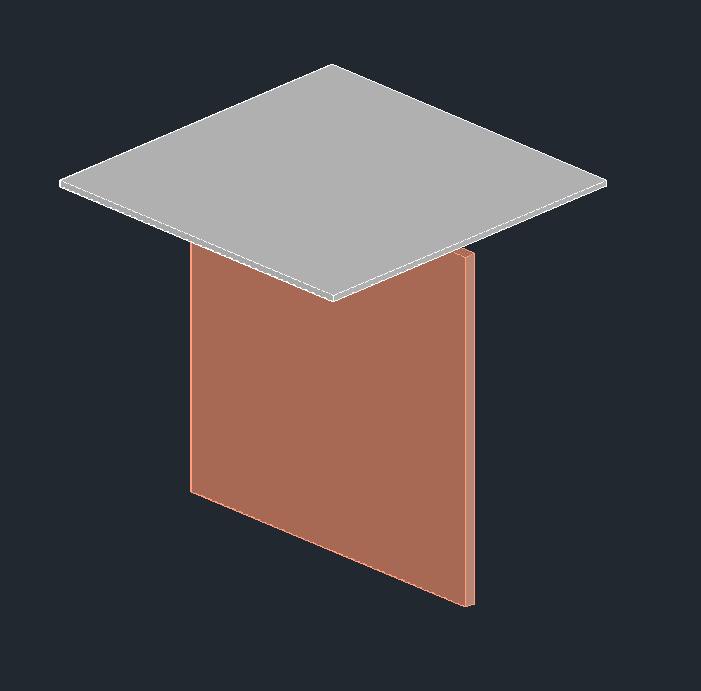LR11
Structural
- Sep 13, 2001
- 169
I've been trying to find out if there's a requirement to restrain internal brick walls which act as a shear wall.
This would be at the top, to the roof or roof truss members.
This would be a common scenario to any dwelling with internal brick walls.
At the moment I have a gap in between ceiling and top of wall (see image).

This would be at the top, to the roof or roof truss members.
This would be a common scenario to any dwelling with internal brick walls.
At the moment I have a gap in between ceiling and top of wall (see image).





